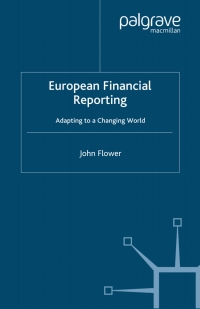Answered step by step
Verified Expert Solution
Question
1 Approved Answer
Old MathJax webview need CMA report Please make project note on all Price An Note 1: In the Growth Stage, the Firm will maintain prices
Old MathJax webview
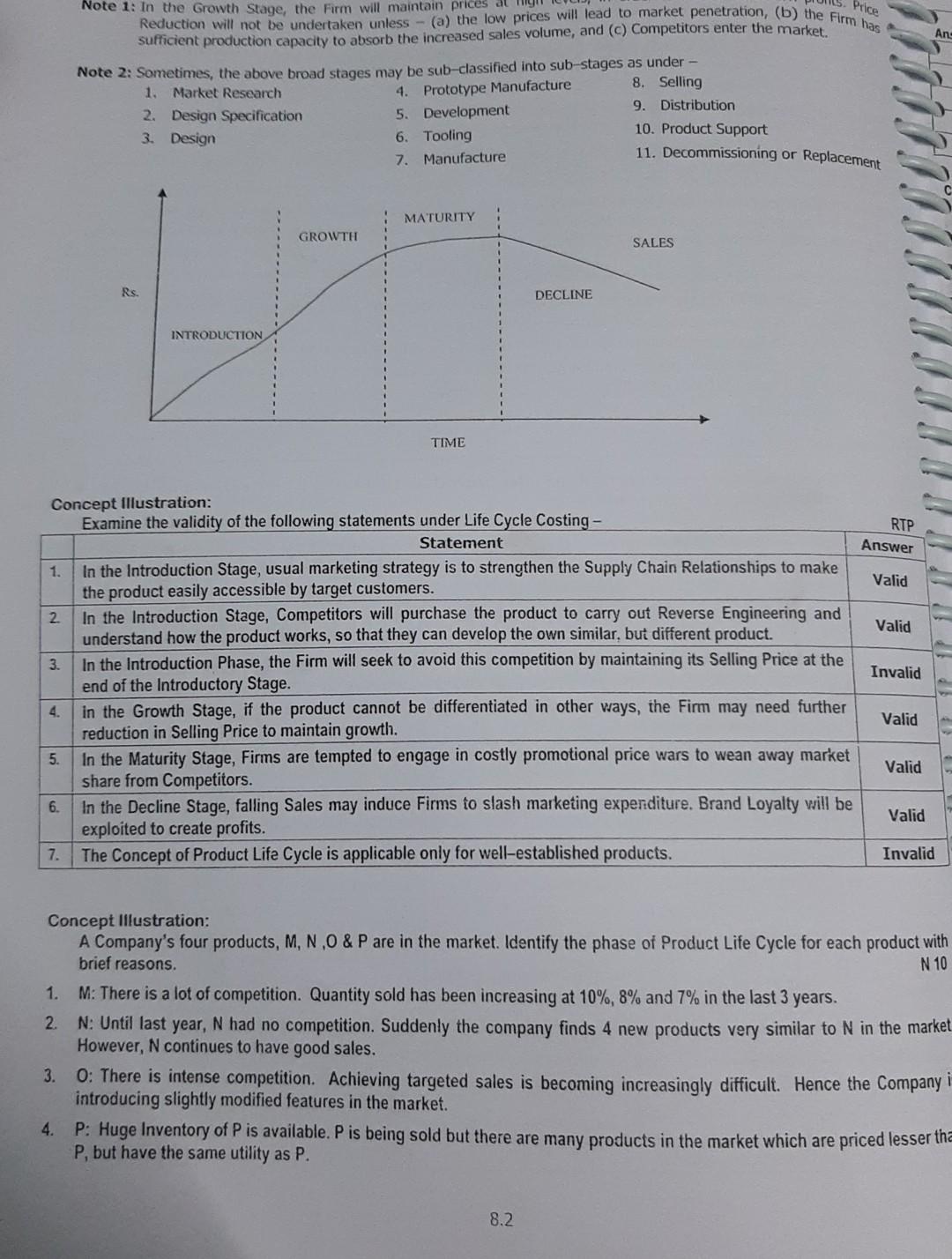
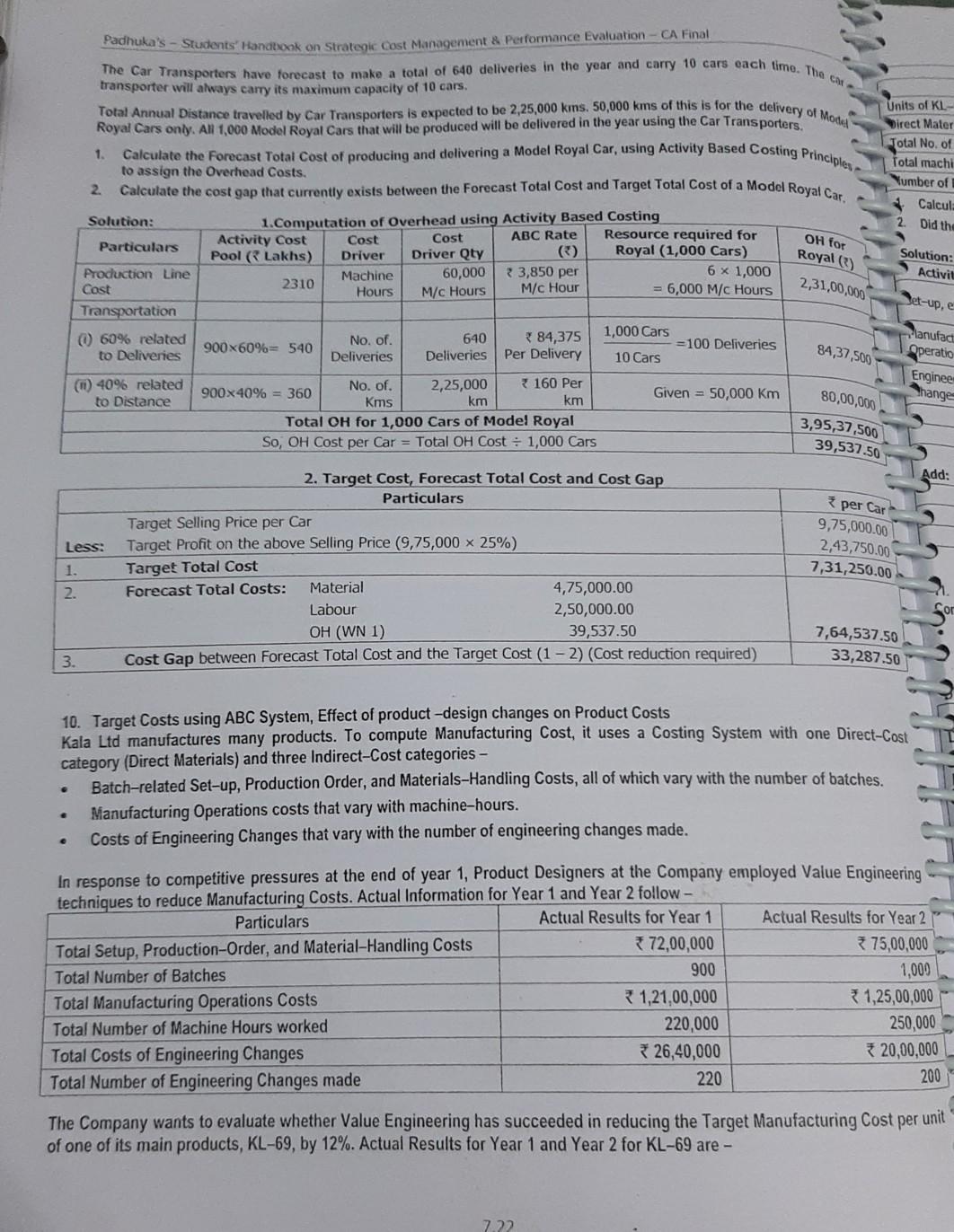
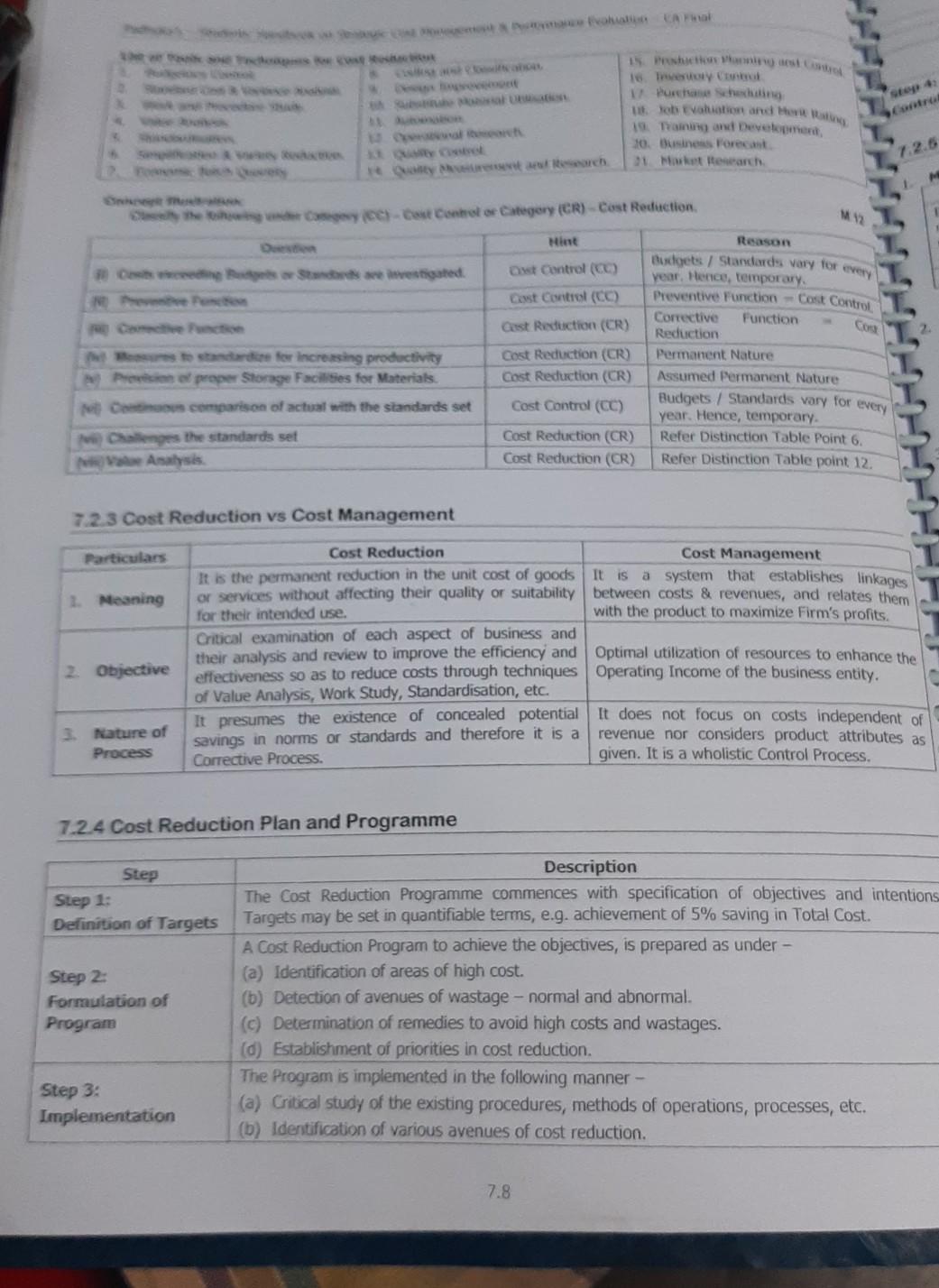
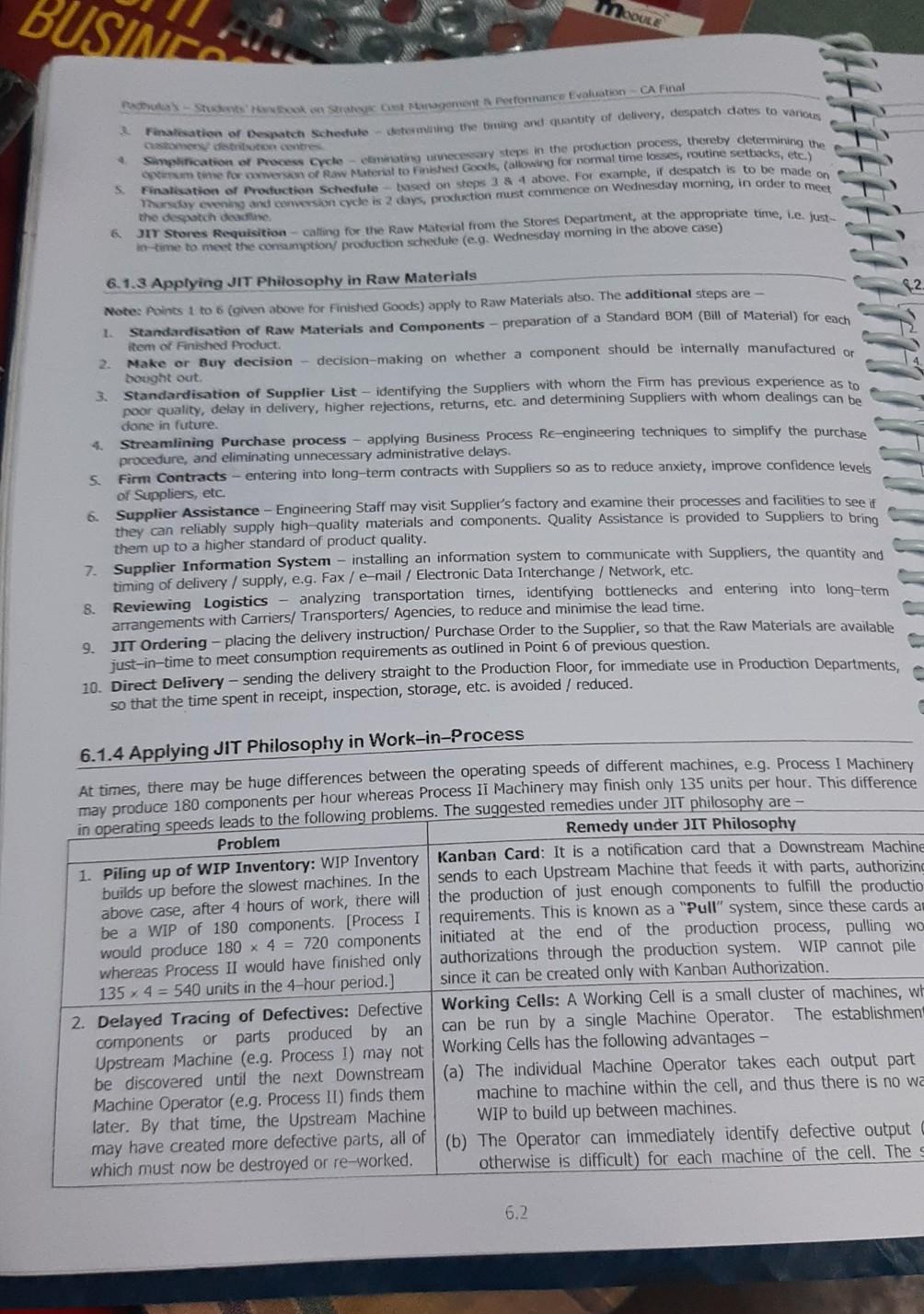
need CMA report
Please make project note on all
Price An Note 1: In the Growth Stage, the Firm will maintain prices Reduction will not be undertaken unless - (a) the low prices will lead to market penetration, (b) the Firm has sufficient production capacity to absorb the increased sales volume, and (c) Competitors enter the market. Note 2: Sometimes, the above broad stages may be sub-classified into sub-stages as under - 1. Market Research 4. Prototype Manufacture 8. Selling 9. Distribution 2. Design Specification 5. Development 3. Design 6. Tooling 10. Product Support 7. Manufacture 11. Decommissioning or Replacement MATURITY GROWTH SALES Rs. DECLINE INTRODUCTION TIME RTP Answer 1. Valid Valid Invalid Concept Illustration: Examine the validity of the following statements under Life Cycle Costing - Statement In the Introduction Stage, usual marketing strategy is to strengthen the Supply Chain Relationships to make the product easily accessible by target customers. 2 In the Introduction Stage, Competitors will purchase the product to carry out Reverse Engineering and understand how the product works, so that they can develop the own similar, but different product. 3. In the Introduction Phase, the Firm will seek to avoid this competition by maintaining its Selling Price at the end of the Introductory Stage. in the Growth Stage, if the product cannot be differentiated in other ways, the Firm may need further reduction in Selling Price to maintain growth. 5. In the Maturity Stage, Firms are tempted to engage in costly promotional price wars to wean away market share from Competitors. In the Decline Stage, falling Sales may induce Firms to slash marketing expenditure. Brand Loyalty will be exploited to create profits. 7. The Concept of Product Life Cycle is applicable only for well-established products. 4. Valid Valid 6. Valid Invalid Concept Illustration: A Company's four products, M, N,O & P are in the market. Identify the phase of Product Life Cycle for each product with brief reasons. N 10 1. M: There is a lot of competition. Quantity sold has been increasing at 10%, 8% and 7% in the last 3 years. 2. N: Until last year, N had no competition. Suddenly the company finds 4 new products very similar to N in the market However, N continues to have good sales. o: There is intense competition. Achieving targeted sales is becoming increasingly difficult. Hence the Company i introducing slightly modified features in the market. 4. P: Huge Inventory of P is available. P is being sold but there are many products in the market which are priced lesser tha P, but have the same utility as P. 3. 8.2 Units of KL Direct Mater Total No. of Total machi Number of Calcul Did the Padhuka's - Students' Handtook on Strategic Cost Management & Performance Evaluation - CA Final The Car Transporters have forecast to make a total of 640 deliveries in the year and carry 10 cars each time. The cat transporter will always carry its maximum capacity of 10 cars. Total Annual Distance travelled by Car Transporters is expected to be 2,25,000 kins. 50,000 kms of this is for the delivery of Mode Royal Cars only. AR 1,000 Model Royal Cars that will be produced will be delivered in the year using the Car Transporters 1 Calculate the Forecast Total Cost of producing and delivering a Model Royal Car, using Activity Based Costing Principles to assign the Overhead Costs. 2. Calculate the cost gap that currently exists between the Forecast Total Cost and Target Total Cost of a Model Royal Car. Solution: 1.Computation of Overhead using Activity Based Costing Activity Cost Cost Cost ABC Rate Particulars Resource required for Pool (Lakhs) Driver Driver Qty Royal (1,000 Cars) Production Line Machine 60,000 33,850 per 6 x 1,000 Cost 2310 Hours M/c Hours M/c Hour 6,000 M/C Hours Transportation ( 60% related 640 No. of. 1,000 Cars 384,375 900x60%= 540 = 100 Deliveries to Deliveries Deliveries Deliveries Per Delivery 10 Cars (1) 40% related No. of. 900x40% = 360 2,25,000 160 Per Given = 50,000 Km to Distance Kms km km Total oH for 1,000 Cars of Model Royal So, OH Cost per Car = Total OH Cost = 1,000 Cars OH for Royal() 2,31,00,000 Solution: Activit set-up,e 84,37,500 Manufad Operatio Engineer hange 80,00,000 3,95,37,500 39,537.50 Add: 2. Target Cost, Forecast Total Cost and Cost Gap Particulars Target Selling Price per Car Target Profit on the above Selling Price (9,75,000 x 25%) Target Total Cost Forecast Total Costs: Material 4,75,000.00 Labour 2,50,000.00 OH (WN 1) 39,537.50 Cost Gap between Forecast Total Cost and the Target Cost (1-2) (Cost reduction required) per Car 9,75,000.00 2,43,750.00 7,31,250.00 Less: 1. 2. 7,64,537.50 33,287.50 3. 10. Target Costs using ABC System, Effect of product-design changes on Product Costs Kala Ltd manufactures many products. To compute Manufacturing Cost, it uses a Costing System with one Direct-Cost category (Direct Materials) and three Indirect-Cost categories - Batch-related Set-up, Production Order, and Materials-Handling Costs, all of which vary with the number of batches. Manufacturing Operations costs that vary with machine-hours. Costs of Engineering Changes that vary with the number of engineering changes made. . 900 In response to competitive pressures at the end of year 1, Product Designers at the Company employed Value Engineering techniques to reduce Manufacturing Costs. Actual Information for Year 1 and Year 2 follow - Particulars Actual Results for Year 1 Actual Results for Year 2 Total Setup, Production-Order, and Material Handling Costs 72,00,000 75,00,000 Total Number of Batches 1,000 Total Manufacturing Operations Costs 1,21,00,000 1,25,00,000 Total Number of Machine Hours worked 220,000 250,000 Total Costs of Engineering Changes 26,40,000 20,00,000 Total Number of Engineering Changes made 200 220 The Company wants to evaluate whether Value Engineering has succeeded in reducing the Target Manufacturing Cost per unit of one of its main products, KL-69, by 12%. Actual Results for Year 1 and Year 2 for KL-69 are - 7.22 CA des IS. Prostate 18. In Purchase Scheduling obrvation and he 1. Traming and Development, 10. Business Forecast 21 Market Research Conto 7.2.5 2 Quel escarch 1 Seice-Cast Control or Category (CR) - Cost Reduction M12 Coro Hint Reason Budgets / Standards vary for every Ost Control (0) year. Hence, temporary Cost Control (CC) Preventive Function - Cost Control Corrective Function Cast Reduction (CR) Reduction Cost Reduction (CR) Permanent Nature Cost Reduction (CR) Assumed Permanent Nature Budgets / Standards vary for every Cost Control (CC) year. Hence, temporary Cost Reduction (CR) Refer Distinction Table Point 6. Cost Reduction (CR) Refer Distinction Table point 12. to standard for increasing productivity Personal proper Storage Faciles for Materials No comparison of actual with the standards set Changes the standards set Asalysis 7.2.3 Cost Reduction vs Cost Management Particulars 1 Meaning Cost Reduction Cost Management It is the permanent reduction in the unit cost of goods it is a system that establishes linkages or services without affecting their quality or suitability between costs & revenues, and relates them for their intended use. with the product to maximize Firm's profits. Critical examination of each aspect of business and their analysis and review to improve the efficiency and Optimal utilization of resources to enhance the effectiveness so as to reduce costs through techniques Operating Income of the business entity. of Value Analysis, Work Study, Standardisation, etc. It presumes the existence of concealed potential It does not focus on costs independent of savings in norms or standards and therefore it is a revenue nor considers product attributes as Corrective Process. given. It is a wholistic Control Process. 2. Objective 3. Nature of Process 7.2.4 Cost Reduction Plan and Programme Step Step 1: Definition of Targets Step 2: Formulation of Program Description The Cost Reduction Programme commences with specification of objectives and intentions Targets may be set in quantifiable terms, e.g. achievement of 5% saving in Total Cost. A Cost Reduction Program to achieve the objectives, is prepared as under- (a) Identification of areas of high cost. (b) Detection of avenues of wastage - normal and abnormal. (c) Determination of remedies to avoid high costs and wastages. (d) Establishment of priorities in cost reduction The Program is implemented in the following manner - (a) Critical study of the existing procedures, methods of operations, processes, etc. (b) Identification of various avenues of cost reduction. Step 3: Implementation 7.8 MODULE USINES Pa's Stutto Street Magnet Perronnance Evaluation CA Final S 1 Finalisation of Despatch schedule-stomining the bring and quantity of delivery, despatch dates to various custom destro centre Simplification of process cycle wim time for mensen of Raw Material to shed Goods, allowing for normal time losses, routine setbacks, etc.) corating wersary stores in the production process, thereby determining the Finalisation or Production Schedule-based on steps 1 & above. For example, ir despatch is to be made on ody coming and conversion cyde is 2 days, production must commence on Wednesday morning, in order to mens the death dead Our Stores Requisition - calling for the Raw Material from the Stores Department at the appropriate time, i.e. just in time to meet the consumption production schedule (eg. Wednesday morning in the above case) 6.1.3 Applying JIT Philosophy in Raw Materials NotePoints 1 to 6 (given above for Finished Goods) apply to Raw Materials also. The additional steps are - Standardisation of Raw Materials and Components - preparation of a Standard BOM (Bill of Material) for each item of Finished Product. 2. Make or Buy decision decision-making on whether a component should be internally manufactured or bought out 3. Standardisation of Supplier List - identifying the Suppliers with whom the Firm has previous experience as to poor quality, delay in delivery, higher rejections, returns, etc. and determining Suppliers with whom dealings can be done in future. Streamlining Purchase process - applying Business Process Re-engineering techniques to simplify the purchase procedure, and eliminating unnecessary administrative delays. Firm Contracts entering into long-term contracts with Suppliers so as to reduce anxiety, improve confidence levels of Suppliers, etc 6. Supplier Assistance - Engineering Staff may visit Supplier's factory and examine their processes and facilities to see if they can reliably supply high-quality materials and components. Quality Assistance is provided to Suppliers to bring them up to a higher standard of product quality. 7. Supplier Information System - installing an information system to communicate with Suppliers, the quantity and timing of delivery / supply, e.g. Fax / e-mail / Electronic Data Interchange / Network, etc. 8. Reviewing Logistics analyzing transportation times, identifying bottlenecks and entering into long-term arrangements with Carriers/ Transporters/ Agencies, to reduce and minimise the lead time. 9. JIT Ordering - placing the delivery instruction/ Purchase order to the Supplier, so that the Raw Materials are available just-in-time to meet consumption requirements as outlined in Point 6 of previous question. 10. Direct Delivery - sending the delivery straight to the Production Floor, for immediate use in Production Departments, so that the time spent in receipt, inspection, storage, etc. is avoided / reduced. S. 6.1.4 Applying JIT Philosophy in Work-in-Process At times, there may be huge differences between the operating speeds of different machines, e.g. Process I Machinery may produce 180 components per hour whereas Process II Machinery may finish only 135 units per hour. This difference in operating speeds leads to the following problems. The suggested remedies under JIT philosophy are - Problem Remedy under JIT Philosophy 1. Piling up of WIP Inventory: WIP Inventory Kanban Card: It is a notification card that a Downstream Machine builds up before the slowest machines. In the sends to each Upstream Machine that feeds it with parts, authorizing above case, after 4 hours of work, there will the production of just enough components to fulfill the productio be a WIP of 180 components. [Process I requirements. This is known as a "Pull" system, since these cards a would produce 180 x 4 = 720 components initiated at the end of the production process, pulling wo whereas Process II would have finished only authorizations through the production system. WIP cannot pile 135 x 4 = 540 units in the 4-hour period.) since it can be created only with Kanban Authorization. 2. Delayed Tracing of Defectives: Defective Working Cells: A Working Cell is a small cluster of machines, wh components or parts produced by an can be run by a single Machine Operator The establishment Upstream Machine (e.g. Process I) may not Working Cells has the following advantages - be discovered until the next Downstream (a) The individual Machine Operator takes each output part Machine Operator (e.g. Process II) finds them machine to machine within the cell, and thus there is no wa later. By that time, the Upstream Machine WIP to build up between machines. may have created more defective parts, all of (b) The Operator can immediately identify defective output which must now be destroyed or re-worked. otherwise is difficult for each machine of the cell. The 6.2Step by Step Solution
There are 3 Steps involved in it
Step: 1

Get Instant Access to Expert-Tailored Solutions
See step-by-step solutions with expert insights and AI powered tools for academic success
Step: 2

Step: 3

Ace Your Homework with AI
Get the answers you need in no time with our AI-driven, step-by-step assistance
Get Started


